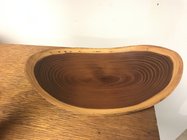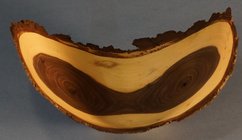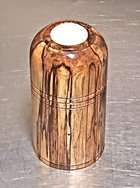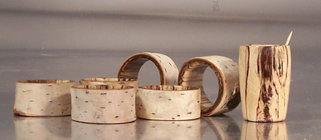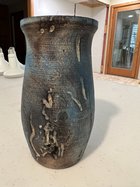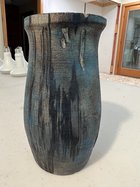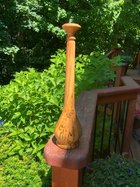I turn mostly natural edge bowls and start with trying to keep it on. I test it first to see if it's loose or likely to come off. If so then I pry it off with a chisel or whatever else I can get under it. If it looks like it will hold then I leave it and proceed, standing to the side and with my face shield on. Sometimes I get nearly done with a piece and it comes off. Other times I think it won't survive turning and it surprises me. Also depends on what you want for a look. If the bark is distinct and adds a lot of look, has some moss on it, darker coloring, etc then I really try to save it. Maybe a little CA on some spots that look loose. If it's something like sycamore where the bark is not much more than a thin skin then not really worth the effort. I have a short stub 5/8 gouge that I dedicate to working through the bark with then shift to my better, and longer, gouges.

